Imagine a world where a child's digital identity is created the moment they are born. Through each life milestone – from their first day of school to entering the workforce – this national digital ID ensures seamless access to essential services tailored to their evolving needs. Even at the end of life, the ID is securely managed to ensure that only the entitled beneficiaries receive the rightful government support. This careful management helps make sure that benefits are distributed fairly and accurately, contributing to the overall well-being of society.
Achieving this vision has proven to be a challenge, as civil registration systems often operate in isolation, rarely sharing data with other critical platforms such as digital identity systems. This lack of integration leads to fragmented data systems, and inefficiencies in data collection, hindering efficient service delivery.
Working together, MOSIP and OpenCRVS aim to make the integration of civil registration and national identity systems a reality worldwide. Individually, these systems add significant value. Together, they can be transformative for governments and their citizens – as evidenced by our ongoing pilot programmes in countries such as Uganda and the Philippines.
Building the Foundations for Effective DPI
The UN’s Sustainable Development Goals’ Target 16.9 aims “to provide legal identity for all, including birth registration by 2030”, further underscoring the crucial role the civil registration system plays in providing a foundational and verifiable identity for individuals. To meet this goal, it is essential to develop an ID system that is inclusive, accurate, and easily updated. OpenCRVS and MOSIP collaborate to provide the building blocks for this solution: OpenCRVS administers civil registration, recording crucial events such as births, deaths, marriage and divorces, while MOSIP serves as a scalable and secure foundation for interoperable identity systems.
Systems that recognise the very existence of people in a country are the most foundational components of DPI, hence, well-architected digital civil registration and identity systems are key building blocks for effective DPI.
How Do OpenCRVS and MOSIP Work Together?
The integration of OpenCRVS and MOSIP enables seamless data sharing and validation, ensuring identity management from birth to death, while eliminating the inefficiencies of traditional siloed systems.
1. Birth Registration
OpenCRVS utilises MOSIP's authentication mechanisms to verify the identities of parents or informants during birth registration, reducing fraudulent registrations and enhancing data quality and system integrity.
After birth registration, OpenCRVS shares the birth data with MOSIP, which then creates an ID for the newborn. This ID can be issued as a credential, granting immediate access to services requiring identity verification like healthcare and education.
2. Death Registration
When a death is registered in OpenCRVS, this information is shared with MOSIP, including the deceased’s ID number. Following this, the individual's ID undergoes a regulated deactivation process. This ensures that social security systems and other related services are promptly updated. By doing so, there is harmonisation across system updates, which minimises data discrepancies and eases the logistical burden on grieving families, helping them navigate necessary processes with a bit more ease during a difficult time.
This integrated approach to ID lifecycle management helps maintain accuracy of records in the national ID system, which in turn ensures secure and uninterrupted access to essential services throughout an individual’s life.
--
By embracing open-source principles, OpenCRVS and MOSIP are committed to collaboration and transparency, ensuring adaptability across diverse contexts and integration with various systems. This partnership is working towards the global use of Open Standards, aiming to enhance interoperability and flexibility across systems. Through these initiatives, we strive to enhance societal welfare and broaden access to services on a larger scale.
For more technical insights and detailed information on interoperability between these systems, click here.
OpenCRVS is an open-source digital civil registration system that aims to make civil registration easy and accessible to all. It uses the latest technologies to manage the registration of all life events and is adaptable to different country contexts.
MOSIP is an open-source project that enables governments to build robust, secure, and scalable national digital identity solutions. MOSIP allows for the creation, customisation, and management of national ID, ensuring that every individual can prove their identity and access critical services.





